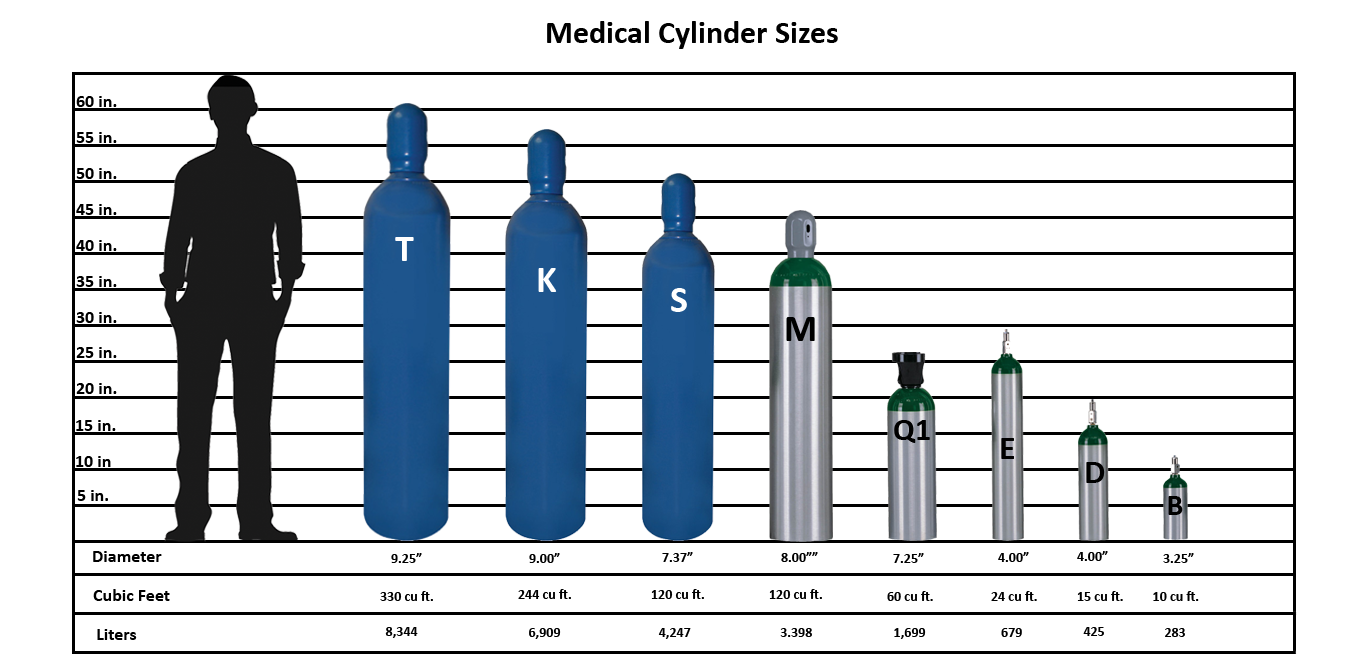Medical and industrial gases are found in a variety of types such as oxygen, helium, nitrogen oxide, carbon dioxide and similar gases.
Nitrogen oxide with medical grade
Nitrogen gas oxide is colorless and has a sweet odor and almost no flavor. Nitrogen oxide causes rapid, but not deep, anesthesia.
However, it is suffocating in his pure form. But, even in combination with high oxygen concentrations, it can not induce anesthesia for surgery, but it is used to reduce pain and relaxation.
“Gas laugh” refers to the gas tidal loss at low concentrations.
Nitrogen oxide is not combustible, but as an accelerator it is reactive and heavily intensifies the combustion process. Not combining it with other elements makes it easy to transport and move.
Nitrogen oxide is non-toxic and if used normally, it does not have a permanent effect on the body.
Nitrogen oxide is produced almost entirely by thermal decomposition of ammonium nitrate. Often, nitrogen oxide is pressurized and pressurized in special cylinders and in liquid form.
Nitrogen oxide is used to relieve pain, reduce anxiety, biopsy, massage, and the like.
Oxygen with medical grade
Gas oxygen is a colorless, odorless and tasteless gas that forms about 20% of the air. It combines with most other elements and oxidizes.
Oxygen is essential for human, animal and plant life. In humans, oxygen is transmitted through the bloodstream through hemoglobin, which is a compound in the red blood cells that transports oxygen from the lungs to the cells of the body, where metabolic reactions occur.
Oxygen is easily combined with ion in hemoglobin (hemoglobin can carry more than 20 times its oxygen content). After releasing oxygen for cells, hemoglobin collects carbon dioxide and transfers it to the lungs.
Chemically, though oxygen is not self-igniting, it is highly reactive as an accelerator in the combustion process.
Oxygen can be produced in a variety of ways, but almost all medical oxygen is produced by distillation of air, which is an economical process for large scale production. Oxygen with medical grade can be stored as a compressed gas, such as high pressure cylinders or liquid, such as liquid storage tanks.
Carbon dioxide with medical grade
Carbon dioxide is a colorless, odorless gas that has a slightly acidic taste. This waste product is the result of the metabolic process in humans as well as the action of photosynthesis of plants. Carbon dioxide naturally forms in the atmosphere and forms about 0.03% of the atmosphere. Carbon dioxide is mainly used in the industrial world for the production of beverages and as a thermal conductor in nuclear power plants. The use of carbon dioxide gas is a very small fraction of the total gas consumption worldwide.
Carbon dioxide is not combustible and does not present any risk of fire or explosion in normal use.
Medical uses of carbon dioxide include:
To open the body holes and maintain stability in such cases as laparoscopy, endoscopy and arthroscopy
To increase deep breathing
To stimulate respiration for various reasons (including the removal of chronic respiratory obstruction, hypnotility, etc.)
To increase brain blood flow during some surgeries
For clinical and physiological research
Medical grade helium
Helium is a colorless, odorless and tasteless gas. Helium is naturally occurring in the atmosphere and forms about 0.0005% of it. Helium has a very low density but makes breathing easier.
However, the use of helium medical gas is a small part of overall gas consumption around the world. Other uses are as a refrigerant (in MRI equipment), as an inert gas for use on airships and balloons, and mixed with oxygen and for diving in the deep sea to help prevent nitrogen sleep.
Helium is not combustible and does not pose a risk of fire or explosion in normal use, it is non-toxic, but when it is breathed in pure form or with low oxygen, it is choking.
The production of helium is through the process of liquefaction of natural gas. Helium is stored and used for use in hospitals in high pressure cylinders. In hospitals, they are usually shipped and used as a cylinder set.
The medical use of helium is:
Respiratory therapy to help the flow of oxygen into the lungs
Oxygen therapy with pure oxygen (treatment of severe depression or breathing problems caused by diving)
Medical grade helium can be used by the mask of the face or oxygen room.



